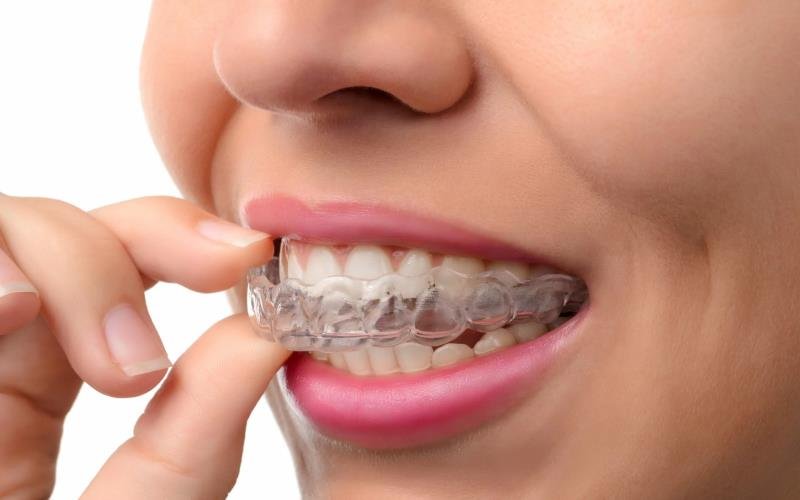Choosing the right orthodontic solution can be overwhelming, especially with many options available. Many individuals seeking a straighter smile often are inundated with choices, leading to uncertainty about which method best suits their needs. A well-informed decision can differentiate between a comfortable, effective treatment and a frustrating experience. As you navigate this journey towards a beautiful smile, understanding the essential factors in choosing the right orthodontic solution is crucial.
Assessing Your Orthodontic Needs
Before exploring different treatment options, it’s essential to understand your unique dental alignment requirements. Factors such as overcrowding, gaps, overbites, underbites, or crossbites often influence the choice of treatment.
Services like those offered by Aligner32 provide direct-to-customer clear aligners, designed to address mild to moderate misalignments. Their solutions are tailored to individual needs, enabling you to find an option that fits your situation without the need for in-person orthodontist visits.
Clear Aligners: Comfort and Convenience
Clear aligners offer a discreet and comfortable solution for treating mild to moderate misalignments. Custom-made aligners are designed specifically for your mouth, ensuring a snug fit that distributes pressure evenly across your teeth. This feature enhances comfort and promotes more efficient tooth movement.
When exploring options, inquire about the manufacturing process of the aligners. Companies that use advanced technology, such as 3D imaging, can create a more accurate model of your teeth, resulting in a better-fitting aligner. This attention to detail may lead to a smoother treatment experience.
Traditional Braces: Reliable for Complex Issues
Traditional metal braces are highly effective for treating significant overcrowding, complex bite issues, and cases requiring extensive tooth movement. Unlike clear, removable aligners, traditional braces are fixed, providing continuous pressure on the teeth, leading to more controlled and predictable movement.
Traditional braces have also improved in customization over the years. Today, patients can opt for ceramic or clear brackets that make the braces less noticeable. Traditional braces might be the most effective choice if you need a powerful solution for a complex alignment issue. Consulting with your orthodontist will help determine if this solution aligns with your needs and lifestyle.
Lingual Braces: Hidden but Effective
Lingual braces are similar to traditional braces, but the brackets and wires are attached to the back of the teeth, making them nearly invisible from the front. This solution is ideal for those who require the effectiveness of traditional braces but want to maintain a more discreet appearance. Lingual braces can address many orthodontic issues, much like their front-facing counterparts.
However, lingual braces may require a longer adjustment period, as they can initially feel more uncomfortable than other options. Additionally, they can be more challenging to clean, which is an important consideration for maintaining oral hygiene throughout treatment.
Self-Ligating Braces: A More Comfortable Bracket System
Self-ligating braces use a specialized clip instead of elastic bands to hold the wire, reducing friction and potentially resulting in a more comfortable experience. Self-ligating braces can also lead to shorter treatment times and fewer adjustments, which can be convenient for those with busy schedules.
Like traditional braces, self-ligating braces are available in metal or ceramic versions and offer some degree of discretion. This option may be suitable for patients looking for effective treatment without the frequent visits associated with traditional braces.
Evaluating Treatment Flexibility and Monitoring
Some orthodontic solutions, such as clear aligners, offer the convenience of at-home treatment, while others may require regular in-person visits for progress checks.
Before committing, assess how much engagement you prefer in your treatment process. If you value independence and the ability to manage your treatment from home, clear aligners may be an ideal choice. Many brands provide digital tools that enable you to track your progress and receive guidance from orthodontists through telehealth platforms.
In contrast, traditional braces and other fixed appliances require more frequent in-person visits. Understanding these nuances can help you select a system that aligns with your lifestyle and preferences.
Cost Considerations: Balancing Budget and Quality
While finding an option that fits your budget is essential, ensuring that quality and effectiveness are not compromised is equally important.
Begin by requesting a detailed breakdown of treatment costs. Some aligner brands may advertise low prices but not include essential services like follow-up consultations or adjustments. Evaluate what is included in the initial cost to avoid unexpected expenses later. Additionally, inquire if financing options are available, as many providers offer plans to make treatment more affordable.
While cheaper products may seem attractive upfront, investing in a reputable brand with proven results can lead to better long-term outcomes. Quality orthodontic solutions can enhance comfort, reduce treatment time, and improve the overall success rate of achieving the desired smile. Moreover, consider the potential costs of corrections or adjustments if you choose a lower-quality product. The savings today could lead to greater expenses if your initial choice does not effectively meet your needs.
